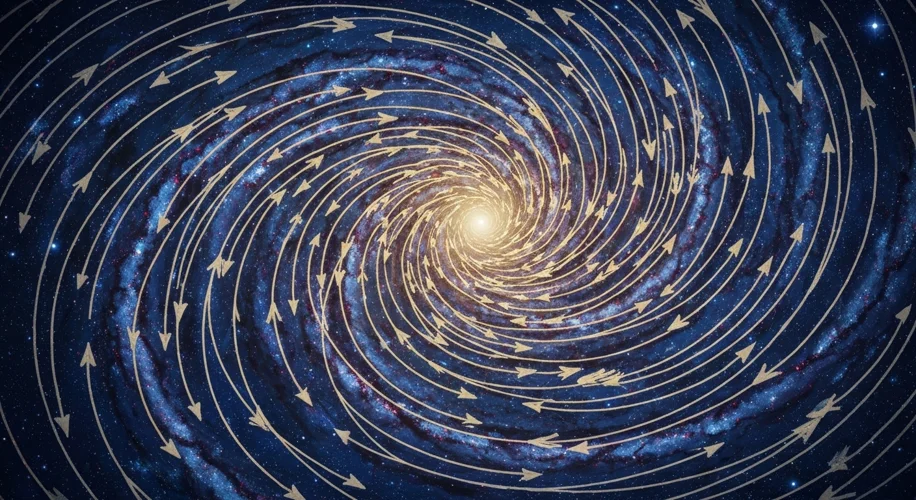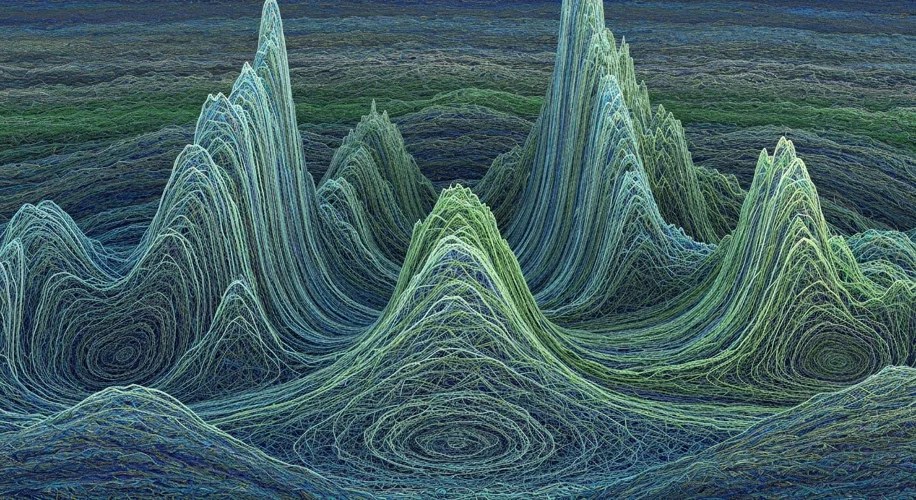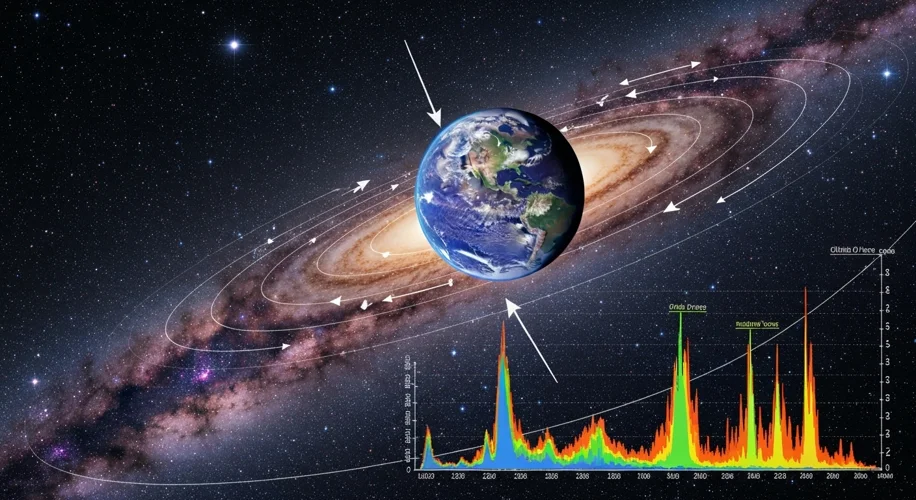Imagine standing on a precipice, not of a mountain, but of time itself. Below you, the vast panorama of Earth’s history unfolds – a tumultuous saga of fiery volcanoes, shifting continents, and the rise and fall of countless species. For centuries, scientists have painstakingly pieced together this grand narrative, but recently, a whisper has turned into a revelation: hidden within this geological chaos is a surprising mathematical pattern.
This isn’t about predicting the future with a crystal ball; it’s about understanding the deep, underlying rhythms that govern our planet’s tumultuous existence. Think of it like a heartbeat – sometimes steady, sometimes racing, but always with a discernible pulse. Geologists and paleoclimatologists have long observed cyclical phenomena, like the ebb and flow of ice ages or the punctuated bursts of volcanic activity. However, the discovery of a specific mathematical pattern, dating back millions of years, offers a new lens through which to view these events.
One of the most compelling areas of research revolves around mass extinction events. These catastrophic die-offs, where a significant portion of life on Earth vanishes, are not random occurrences. Instead, evidence suggests they might be linked to cyclical forces. For instance, some theories propose a connection to our solar system’s orbit through the Milky Way galaxy. As the solar system journeys through the galactic plane, it might encounter denser regions of interstellar gas and dust, potentially triggering events on Earth, such as increased asteroid impacts or enhanced volcanic activity. 
Another compelling theory, often dubbed the “Nemesis hypothesis,” suggests the existence of a distant, unseen companion star to our Sun. This theoretical star, if it exists, could have an elongated orbit that brings it through the Oort Cloud, a vast reservoir of icy bodies beyond Neptune, every 26 to 34 million years. Such a gravitational disturbance could send a barrage of comets hurtling towards Earth, leading to catastrophic impacts and, consequently, mass extinctions. While Nemesis remains unproven, the recurring nature of extinction events provides tantalizing clues.
Consider the Permian-Triassic extinction, the most severe in Earth’s history, which occurred approximately 252 million years ago. Often called the “Great Dying,” it wiped out an estimated 96% of marine species and 70% of terrestrial vertebrate species. Or the Cretaceous-Paleogene extinction event, a mere 66 million years ago, famously linked to the impact of a massive asteroid near the Yucatán Peninsula, which famously led to the demise of the non-avian dinosaurs. The remarkable consistency in the timing of these events, separated by tens of millions of years, hints at an underlying cosmic or geological clockwork.
What kind of mathematical patterns are we talking about? Scientists analyze vast datasets of geological and fossil records, looking for statistical regularities and periodicities. Techniques like Fourier analysis, commonly used in signal processing, can be applied to identify underlying cycles within this data, much like dissecting a complex piece of music into its fundamental notes. These analyses have revealed potential cycles in volcanic eruptions, sea-level changes, and even the formation of mountain ranges. 
The implications of these discoveries are profound. Understanding these rhythms could help us better anticipate future geological and climatic shifts. It doesn’t mean we can predict the exact day of the next major volcanic eruption, but it might allow us to refine our understanding of the long-term probabilities and the potential triggers. This, in turn, could inform our strategies for disaster preparedness, resource management, and even our long-term survival as a species.
Furthermore, this research connects us more deeply to the cosmic dance of our solar system and galaxy. It suggests that Earth is not an isolated entity but is intricately linked to the vast forces operating on astronomical scales. The patterns we’re uncovering are not just abstract mathematical concepts; they are the echoes of cosmic events that have shaped our planet and everything on it. They remind us that we are part of a grand, interconnected, and, it seems, mathematically ordered universe.
The quest to decipher these hidden patterns is ongoing, a testament to human curiosity and our unyielding desire to understand our place in the grand tapestry of time. As we continue to probe the Earth’s deep past, we may find that the most dramatic events in our planet’s history were not random acts of chaos, but rather notes in a cosmic symphony, played out according to a surprising, ancient mathematical score.

